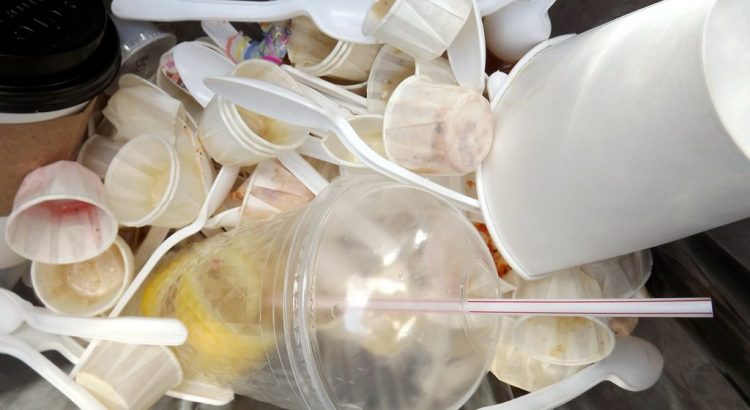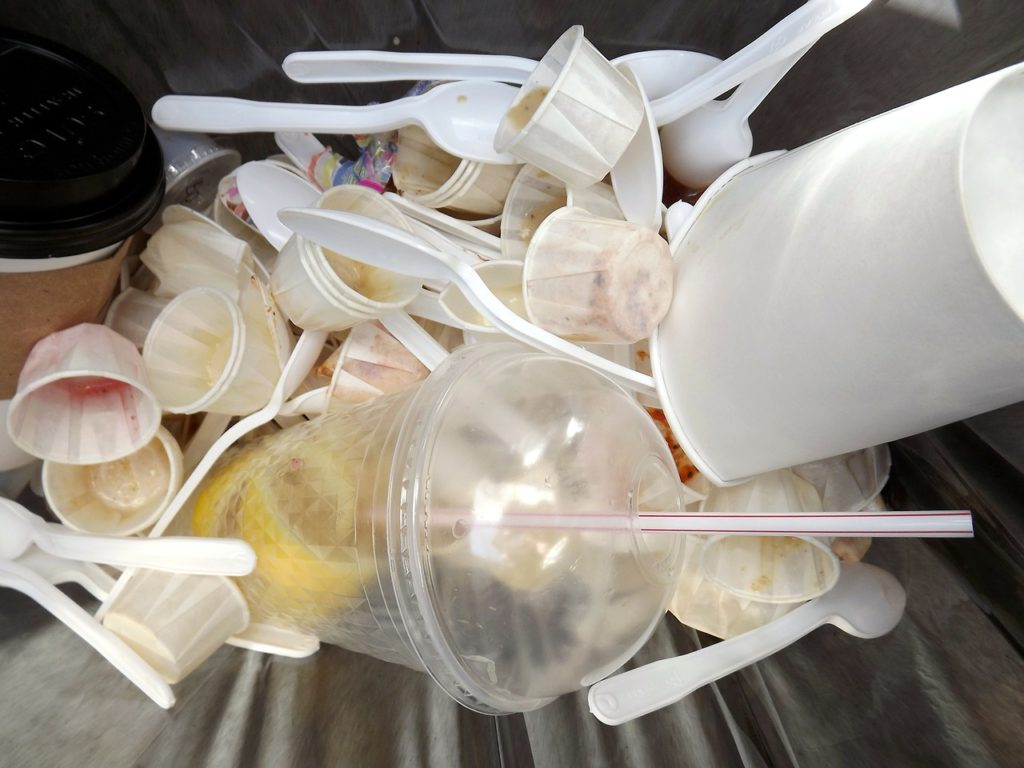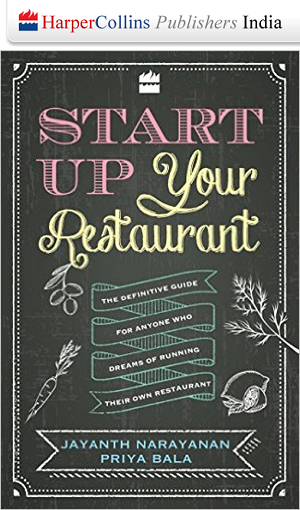

The plastic has been piling up and it’s a problem. The restaurant industry is a massive user of the stuff that is destroying soil and water. Since 2015, states across the country and civic governments in various cities have been announcing steps to reduce if not eliminate plastic use in restaurants. In Bangalore, most recently, the municipal corporation has proposed a ban on single-use plastic containers. The proposal will be presented to the Plastics Review Committee for final approval.
There is no arguing with the fact that strong, even radical rules are needed if our cities are to tackle the environmental menace that is plastic; if it isn’t too late already, that is. If this ban is imposed in Bangalore, it’s going to put restaurants, especially those that depend heavily on deliveries, in a very difficult situation. How are they to pack and deliver food?
Small measures are being taken to find alternatives. During a recent interview, Chai Point co-founder and CEO Amuleek Singh Bijral told me about the steps the fast-growing beverage chain has taken to go green: the stores use plates made of eco-friendly bagasse, they have switched from plastic to paper straws and the stirrers are made of wood, the innovative chai flask for delivery is partially recyclable. “We are investing in R&D to continuously reduce our carbon footprint, but there’s still a long way to go,” he said.
Also in Bangalore, Corner House, the popular ice-cream chain, took to social media to announce its move towards reduced plastic use. First, they spoke of how they had shifted to bagasse containers from plastic for in-store eating. And added, ‘Regrettably, it still doesn’t work for takeaway but rest assured that we’re working (very hard) to find a solution to that too. Until then, perhaps you could consider dining in with us instead of ordering.’ Now, Corner House is encouraging a different sort of BYOB, asking customers to bring their own bowls and making a donation to a cause for every disposable container saved.
Well-intentioned as these steps are, experts on the environment and climate change point out that micro-consumerist changes cannot strike a strong enough blow to the growing plastic mountain. Much of it comes from the food delivery business. In May this year, the New York Times ran a story titled ‘Food Delivery Apps are Drowning China in Plastic’. It said, ‘The astronomical growth of food delivery apps in China is flooding the country with takeout containers, utensils and bags. And the country’s patchy recycling system isn’t keeping up. The vast majority of this plastic ends up discarded, buried or burned with the rest of the trash, researchers and recyclers say’. It put out alarming statistics: ‘Scientists estimate that the online takeout business in China was responsible for 1.6 million tons of packaging waste in 2017, a nine-fold jump from two years before. That includes 1.2 million tons of plastic containers, 175,000 tons of disposable chopsticks, 164,000 tons of plastic bags and 44,000 tons of plastic spoons.
India is, regrettably, getting there and fast. The top two food delivery aggregators handle an order volume close to 40-50 million orders a month and an average of close to 500,000 orders a day. Imagine, very conservatively, that each order means one plastic container and a set of plastic cutlery; in fact, it’s much more. It gives you an idea of how much plastic is being used by this business. And with a recycling/ reusing mechanism that is far worse than China’s, almost all of it ends up in landfills, water bodies and the sea.
So, shouldn’t the food delivery businesses be the ones driving the movement to find viable alternatives to plastic containers? How about if they invest in research some of the funds they are said to ‘burn’ to acquire customers? Food aggregators and restaurants could then work together to solve this problem from which there is no turning away.
End note: Perhaps the Indian customer could also consider the environmental impact of ordering food? Would they be willing to pay for eco-friendly packaging and not insist on cheap plastic?










